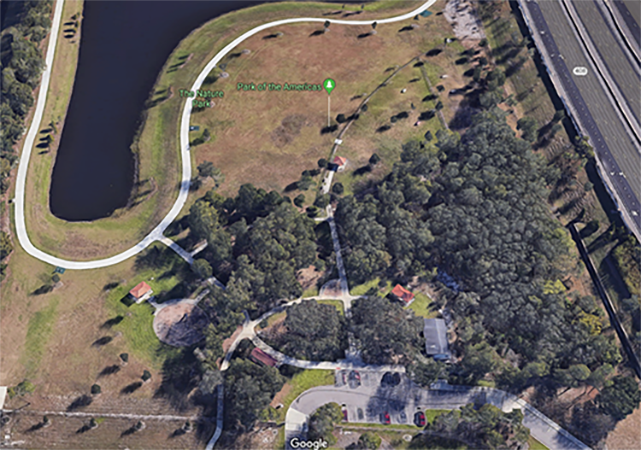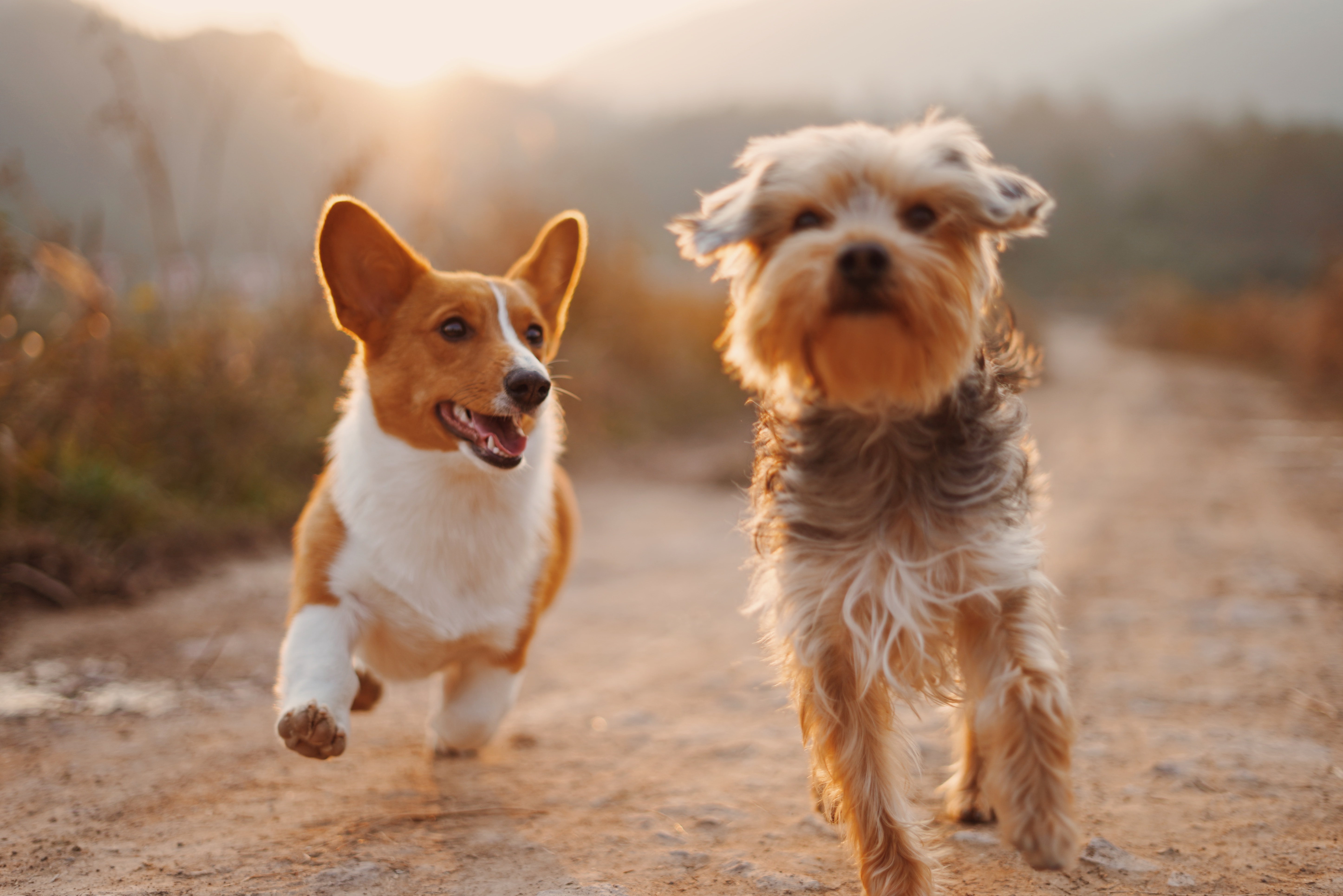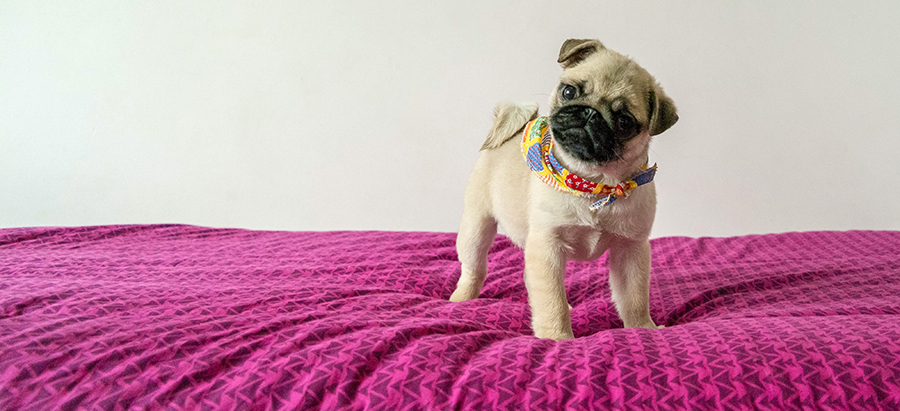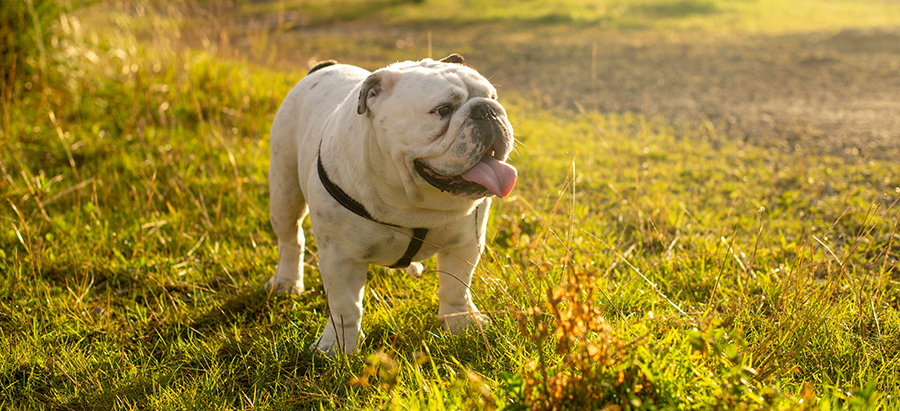
Orlando is the second-most pet-friendly city in America, making it a great place to be a dog (and a dog owner). Besides the dog-friendly cafes and pet care facilities, Orlando is home to a number of dog parks to meet every owner’s preference.
Before checking off these parks from your pet’s to-do list, make sure you’ve read up on proper dog park safety and preparation. Know behavioral cues to watch out for when playtime goes from rowdy to rough. And ensure your dog is up-to-date on all vaccinations and treatments.
Lake Baldwin Park
Location – 2000 S Lakemont Ave, Winter Park, FL 32789 (Click for directions)
Hours – Open 7am – 8pm (Monday – Sunday)
Why Did it Make the List?:
This canine paradise is situated on over 23 acres of land, complete with a lake and trails. This park features a beach, surrounding trails for on-leash adventures, and a dog wash station. It’s nearly perfect rating on Google is a testament to how beloved this space is by dog owners in the community.
Lake Baldwin Park doesn’t just think about the dogs. There are picnic tables, pavilions, bathrooms, and plenty of shade courtesy of the many oak trees on the property.
Note: The park stays closed until 12pm for maintenance on the second and fourth Wednesday of each month.
Features:
Off-Leash: Yes
Separated by Size: Optional
What You Miss Out On:
This park doesn’t feature any agility equipment or play structures.
Barber Dog Park
Location – 3701 Gaitlin Ave, Orlando, FL 32812 (Click for directions)
Hours – Open 8am – 8pm (Spring / Summer), 8am – 6pm (Fall / Winter)
Why Did it Make the List?:
Barber Dog Park might not have a lake to doggy-paddle in, but it does have agility equipment and plenty of open green for running. The park provides water fountains for dogs and owners. During the summer there are sometimes pools available for dogs to play in.
Dogs are separated based on their size as a safety precaution. If you have a dachshund you can send them over to the 30 pounds and underside, whereas you can take your labrador to the 30 pounds and up. This allows for an environment that is not only safer but more fun for the dogs.
Features:
Off-Leash: Yes
Separated by Size: Yes
What You Miss Out On:
This park doesn’t have a lake, and pools are only available seasonally.
Park of the Americas
Location – 201 Andes Ave, Orlando, FL 32807 (Click for directions)
Hours – Open 7am to 9pm (Monday to Sunday)

Why Did it Make the List?:
Park of the Americas is a newer off-leash park. It offers off-leash run space and a track and trail for dog walking. The park provides water bowls and a hybrid fountain to keep your dog hydrated during the hottest parts of summer.
This park divides dogs at the 35-pound mark, offering a play space for larger dogs and smaller dogs to meet dogs of similar sizes. Both sections feature painted concrete tunnels that dogs can play in, climb on, or lounge inside to cool down. In the large dog park, dogs can play on a sandy hill.
This park stays well-lit, even when you stay until close, thanks to lampposts along the perimeter of the small dog park.
Features:
Off-Leash: Yes
Separated by Size: Yes
What You Miss Out On:
This park has less shade and no dog wash station.
Hound Ground
Location – 900 E State Rd 434, Winter Springs, FL 32708 (Click for directions)
Hours – Open 7am to 8pm (Thursday-Tuesday), Closed on Wednesdays

Why Did it Make the List?:
Hound Ground is a well-manicured dog park with plenty of grass and updated facilities. It features agility equipment, a dog wash station, and seating for dog owners.
This park offers a separate park for dogs under 30 pounds. Sidewalks surrounding the greenspace keep owners from walking through the grass on rainy days. The park also provides toys for your dog to play with while there.
Features:
Off-Leash: Yes
Separated by Size: Yes
What You Miss Out On:
The park is rumored to have recently removed water fountains. Be sure to bring water for your dog just in case.
Arbor Dog Park
Location – 1405 N Grant St, Longwood, FL 32750 (Click for directions)
Hours – Open 7am to 8pm (Monday-Sunday)
Why Did it Make the List?:
Arbor Dog Park offers a more natural, wooded space for your dogs to meet new friends and play. This spot is shaded and offers ample seating for pet parents, with a separate section for smaller dogs to play.
Cement tunnels and agility equipment are present in both small and large dog parks. Once the playing comes to an end, owners can wash their dogs at the wash station, which features a drinking fountain with two bowl heights to accommodate your dog’s size.
Features:
Off-Leash: Yes
Separated by Size: Yes
What You Miss Out On:
This spot has fewer grassy patches making it likely for your dog to get dirtier while playing. However, the dog wash station provides a quick and easy solution.
Downey Dog Park
Location – 10107 Flowers Ave, Orlando, FL 32825 (Click for directions)
Hours – Open 8am to 6pm (Monday-Sunday)
Why Did it Make the List?:
Downey Dog Park offers shade and seating for pet parents and large spaces to run for small and large dogs alike. The park’s play spaces are separated based on size, but each offers ample room for play.
Dog water stations are available to keep your dogs cool and hydrated. If you don’t bring your own potty bags, the park provides stations so you can pick up after your dog.
Downey Dog Park offers a time-out pen, unlike other parks. This is a great feature to help disperse an overstimulated dog’s energy or separate two dogs who are acting up.
Features:
Off-Leash: Yes
Separated by Size: Yes (Optional)
What You Miss Out On:
This park has fewer grassy patches than other parks mentioned, meaning your dog is likely to get very dirty while playing here.
Paw Park of Historic Sanford
Location – 427 S French Ave, Sanford, FL 32771 (Click for directions)
Hours – Opens 7:30am to 8:00pm (Monday-Sunday)
Why Did it Make the List?
This dog park, located in historic Sanford, is a well-kept space to bring your dog. It offers plenty of space for your dog to roam and seating for owners to relax in the shade. The park covers all the basic amenities, such as play equipment, dog wash stations, and drinking fountains. And even if you’re out late, this park is lighted to keep you from being stuck in the dark.
The location of this park is perfect for a day out with your dog. After spending time at the park you can walk across to the self-service dog wash and then on to the pet bakery for a bite to eat.
Features:
Off-Leash: Yes
Separated by Size: Yes
What You Miss Out On:
Paw Park doesn’t have a lake or pool for dogs to swim in during the hottest Florida months.
Dr. P Phillips Community Park
Location: 8249 Buenavista Woods Blvd, Orlando, FL 32836 (Click for Directions)
Hours: Open 8am – 8pm (Monday – Sunday)
Why Did it Make the List?
This dog parks splits dogs into play areas by size. Each sections is grassy and spacious with a dog pool setup on most warm days. Dog owners also have access to a hose which can be used as a water fountain or a dog washing station.
If you have small children, you’re in luck. This dog park is only a portion of the much larger Dr. Phillips Community Park. This makes it great fun for the whole family.
Features:
Off-Leash: Yes
Separated by Size: Yes (at 30 lbs)
What You Miss Out On:
Shade and seating can be difficult to find on hot summer days. Pack extra water and an umbrella to fight off the Florida heat.













